US History Flashcards for Midterm!
1/58
Earn XP
Description and Tags
Hey hey! These are the 'knowt' cards that I made so we can study for our upcoming midterm. Use these definitions to make a connection and understand them. Have a great Winter Break!
Name | Mastery | Learn | Test | Matching | Spaced |
|---|
No study sessions yet.
59 Terms
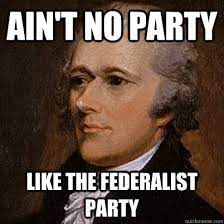
Federalists
These were the group of political leaders who supported a federal government, or a government much like Great Britain.
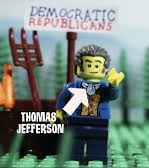
Democratic Republican
A political party in early American history that believed in limiting the power of the federal government and promoting the authority of individual states/citizens.
Led by political/historical leaders such as Thomas Jefferson and James Madison.
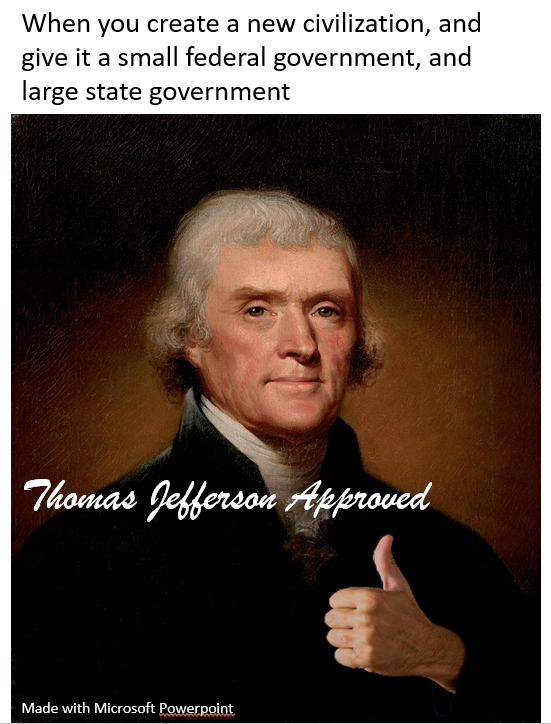
Thomas Jefferson
third President of the United States
principal author of the Declaration of Independence.
played a pivotal role in expanding the United States, especially through the Louisiana Purchase in 1803.
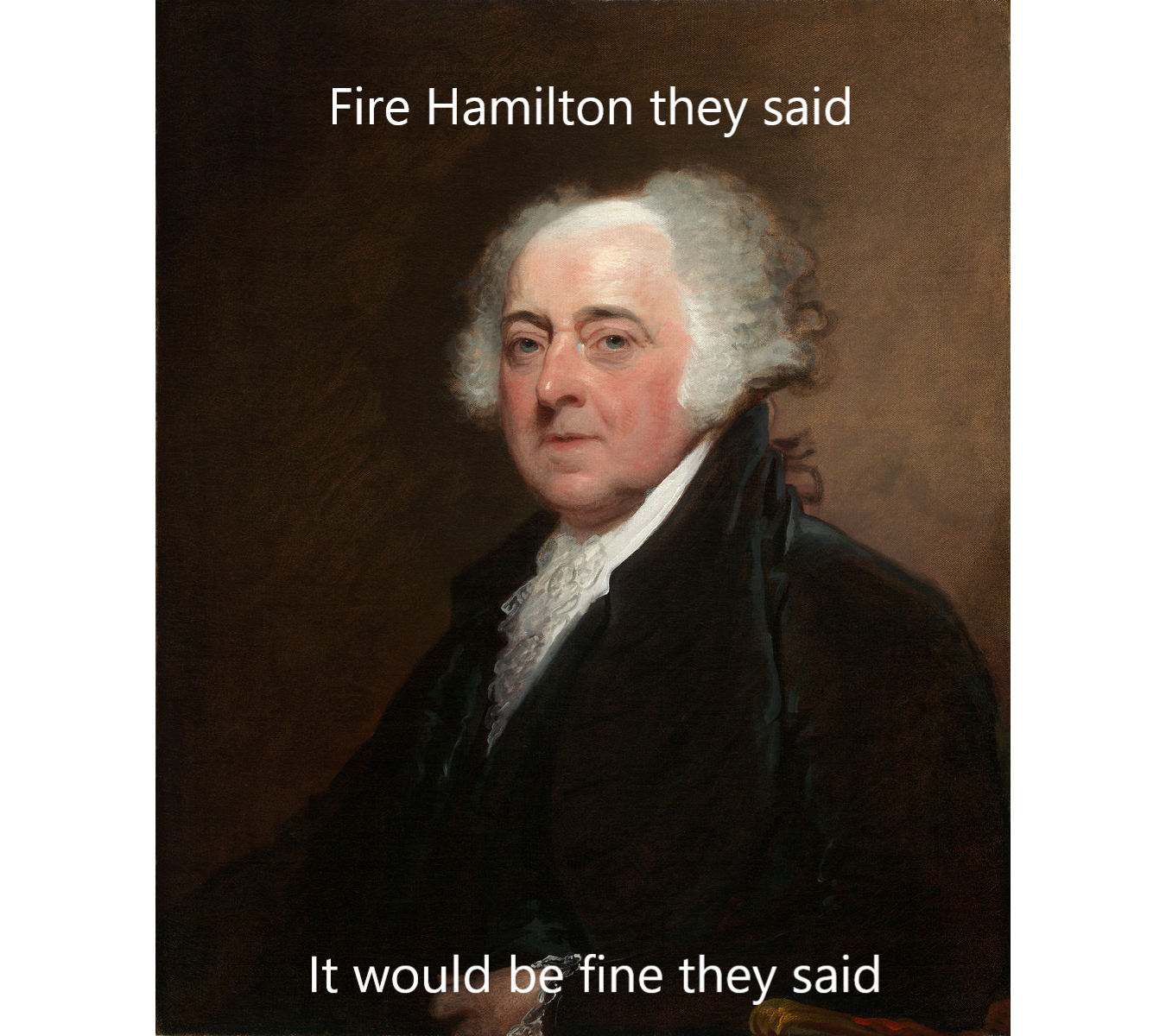
John Adams
2nd President of the United States
served from 1797-1801.
helped draft the Declaration of Independence.

Alexander Hamilton
Founding Father
who played a key role in the creation of the United States.
Co-author of The Federalist Papers and first Secretary of the Treasury.
(Clearly, he is a Federalist)
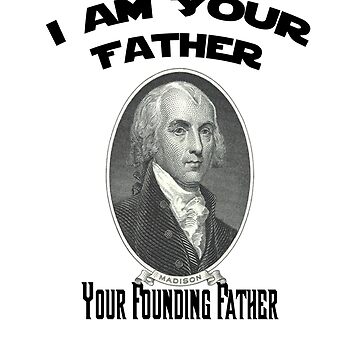
James Madison
Known as the "Father of the Constitution" for his role in shaping the document.
American Founding Father
4th President.
Helped draft the U.S. Constitution and authored the Bill of Rights.
Led the U.S. during the War of 1812 against Britain.
Advocated for a strong federal government and played a key role in the creation of the Democratic-Republican Party.
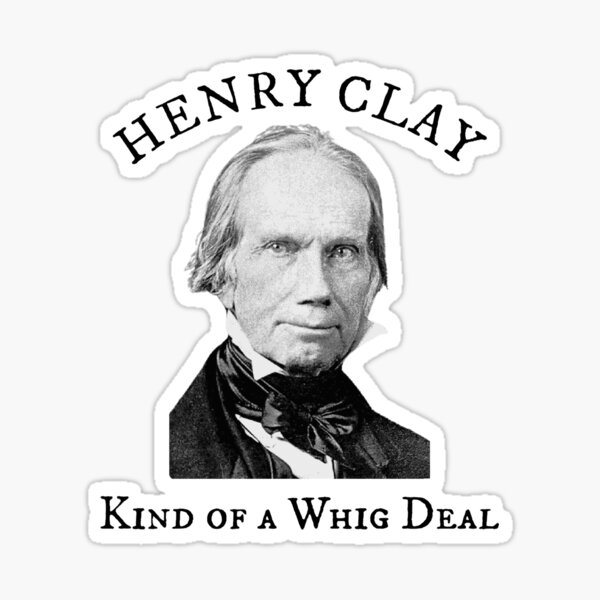
Henry Clay
American politician known for his role in the "American System" and the "Missouri Compromise."
Strong advocate for economic development, protective tariffs, and internal improvements.
Leader of the Whig Party and the "Great Compromiser."
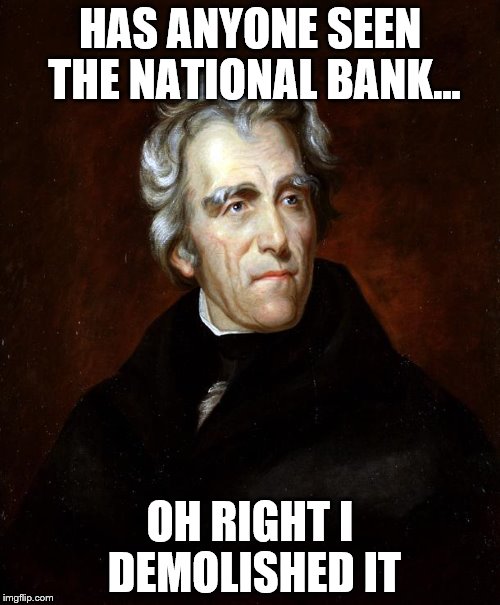
Andrew Jackson
The American president,
known for his populist policies and expansion of executive power,
led the Battle of New Orleans in the War of 1812.
He implemented the Indian Removal Act, resulting in the forced relocation of Native American tribes.
Advocated for the common man and championed the spoils system.
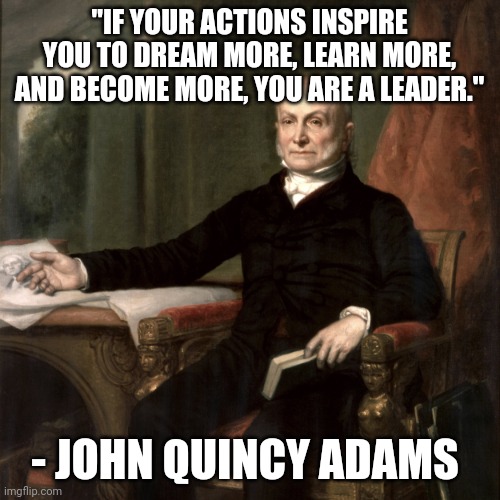
John Quincy Adams
6th President of the United States.
Son of John Adams.
Key negotiator of the Treaty of Ghent, ending the War of 1812.
Advocated for infrastructure improvements and a strong navy.
Known for his intellectualism and commitment to education.
Fought for the abolition of slavery, serving as a congressman after his presidency.
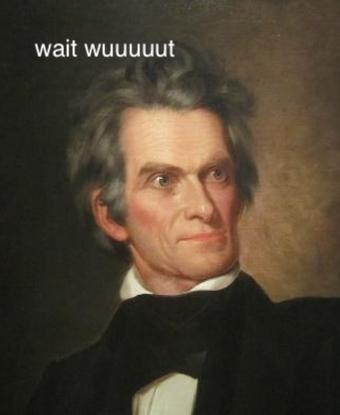
John C. Calhoun
Prominent American politician and statesman who served as the 7th Vice President of the United States under President John Quincy Adams and Andrew Jackson.
Strong advocate for states' rights and slavery, believing that states should have the power to nullify federal laws they deemed unconstitutional.

Martin Van Buren
the 8th President of the United States from 1837 to 1841.
He was the first president to be born after the American Revolution. His was marked by economic difficulties, such as the Panic of 1837.
He advocated for the creation of an independent treasury system and was against the expansion of slavery.
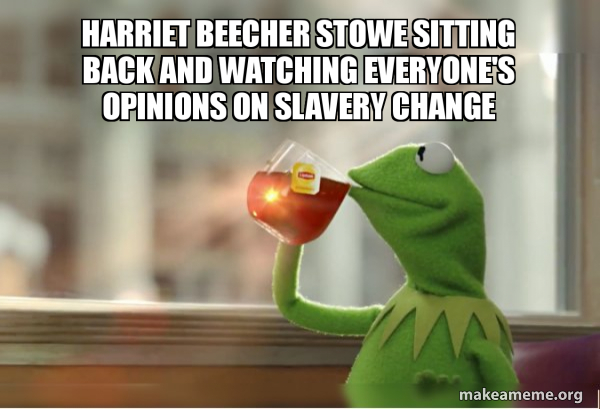
Harriet Beecher Stowe
Author of "Uncle Tom's Cabin," a novel published in 1852 that exposed the horrors of slavery.
Her work became a catalyst for the abolitionist movement in the United States.
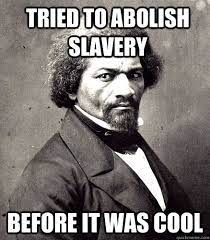
Frederick Douglass
An American abolitionist and social reformer.
He escaped slavery and became a strong advocate for ending slavery through speeches and writings.
The Great Compromise [Connecticut Plan]
Legislative solution during the Constitutional Convention.
Proposed a bicameral Congress with equal representation in the Senate and representation based on population in the House of Representatives.
Three-Fifths Compromise
Representation compromise in the US Constitution.
Slaves counted as three-fifths of a person for determining population size and taxation.
Checks and Balances
A system in US government where powers are divided among three branches (executive, legislative, and judicial) to prevent any one branch from becoming too powerful.
Each branch has its own unique powers and can check the actions of the other branches.
Sectionalism
Intense loyalty to a specific region of the United States, leading to increased tensions and conflict between different regions.
Nationalism
The belief in strong loyalty and devotion to one's own nation, often resulting in a desire for independence or self-governance.
Neutrality
Policy adopted by the United States from the 1790s to the 1820s. It aimed to remain neutral in European conflicts and avoid alliances.
Judicial Review
Power of the Supreme Court to declare laws unconstitutional. Established in 1790s-1820s. Helps maintain balance between branches of government.
American System
Economic plan by Henry Clay to promote American industry through protective tariffs, a national bank, and internal improvements.
Industrial Revolution
A time of fast industrial growth and technological advancements in Europe and the United States. It replaced manual labor with machines, leading to the rise of factories and cities. This change affected agriculture, manufacturing, and transportation, causing significant social and economic changes.
Factory System
A manufacturing method used from the 1790s to the 1820s. It involved centralized production in large factories, where workers used machinery to mass-produce goods. This system led to increased efficiency, lower costs, and the growth of industrialization.
Tariff
A tax imposed on imported goods, aimed at protecting domestic industries from foreign competition. It was used during the Industrial Revolution (1790s - 1820s) to encourage the growth of domestic manufacturing by making imported goods more expensive.
Mass Production
The efficient manufacturing process of producing large quantities of identical products in a short period of time using assembly lines and automation.
Interchangeable Parts
Components that are identical and can be used in different products, allowing for efficient assembly and repair. Introduced in the early 19th century, interchangeable parts revolutionized manufacturing, enabling mass production and reducing production costs. (And they just realized this now?)
Cotton Gin
Invented by Eli Whitney in 1793,
revolutionized the cotton industry
Increased cotton production and profitability in the American South
intensified the demand for slave labor.
National Road
A federally funded transportation project in the early 1800s that connected the eastern states to the western frontier. It played a crucial role in expanding trade and settlement, promoting economic growth, and strengthening national unity.
Bank of the United States
The Central bank established in 1791 to stabilize the nation's economy and issue a national currency. It held government funds, regulated state banks, and promoted economic growth. Its charter was not renewed in 1811, but a second Bank of the United States was established in 1816. (Andrew Jackson HATED this!)
“Corrupt Bargain”
Controversial political deal during the 1824 US presidential election. Henry Clay, the Speaker of the House, used his influence to ensure John Quincy Adams became president. In return, Adams appointed Clay as Secretary of State. This deal led to accusations of corruption and fueled public distrust in the political system.
Annexation
The process of incorporating a territory into an existing country, usually through political or legal means.
Democratic Party
One of the two major political parties in the United States. It was founded by Andrew Jackson and his supporters in 1828. The party advocates for a stronger federal government, social equality, and progressive policies. It has had a significant influence on American politics throughout history.
Populism
(YEA YEA!) A political ideology that emerged in the late 19th century, advocating for the rights and interests of the common people against the elite.
Spoils System
A practice in which political leaders reward their supporters with government positions and resources. It was prevalent in the 19th century, particularly during Andrew Jackson's presidency.
Nullification
The act of declaring a federal law invalid within a state's borders.

“Pet Banks”
State banks chosen by President Andrew Jackson to receive federal funds in an effort to weaken the Second Bank of the United States. This led to an increase in state bank power and contributed to the financial crisis known as the Panic of 1837.
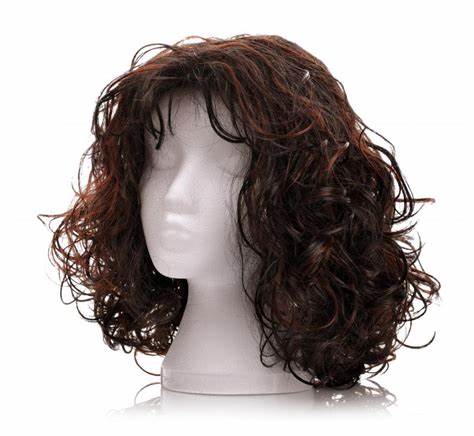
Whig Party
(1833-1856) American political party that emerged in opposition to President Andrew Jackson's Democratic Party. Whigs supported a strong federal government, protective tariffs, and internal improvements. They dissolved in the 1850s due to divisions over slavery.

Manifest Destiny
Belief that US had divine right to expand across North America. Led to westward expansion, annexation of Texas, Oregon Territory, and Mexican-American War. Encouraged settlement, economic growth, and spread of American values.
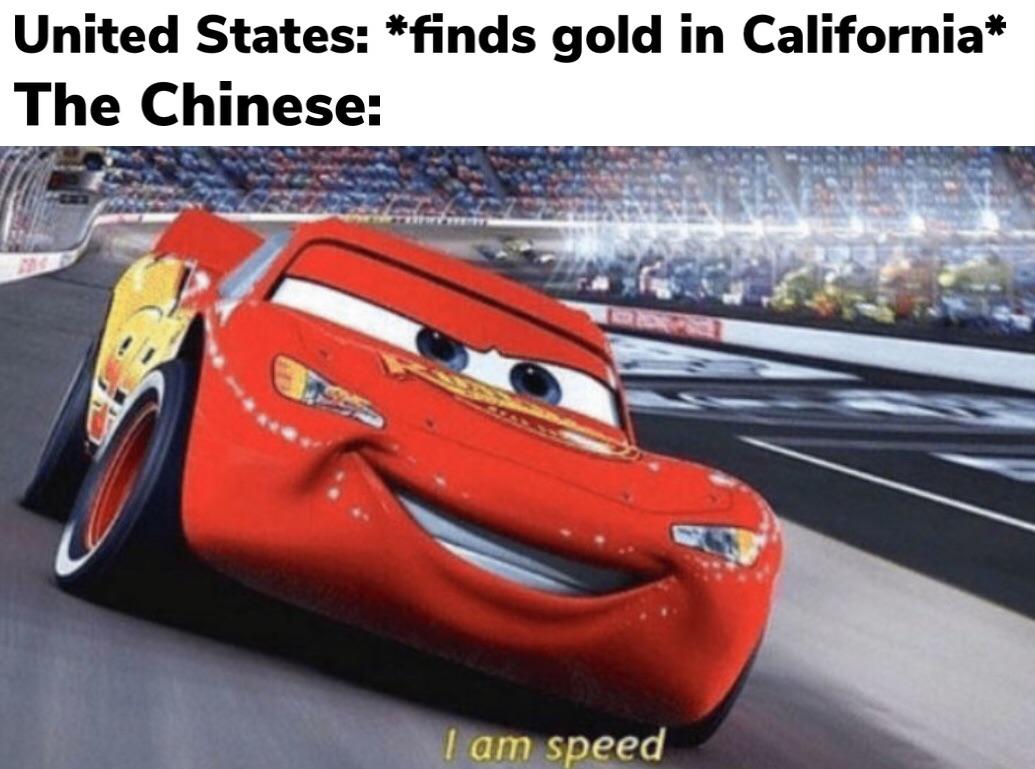
Gold Rush
Mass migration of people to California in 1848-1855 due to the discovery of gold. Led to rapid population growth, establishment of new towns, and economic boom.
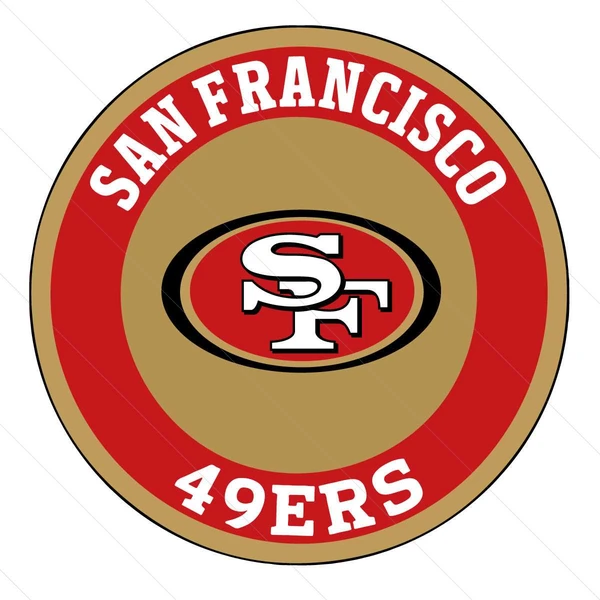
49ers
Nickname for gold prospectors who rushed to California during the 1849 Gold Rush. They sought fortune and opportunity in the gold mines, leading to a rapid population increase and economic growth in the region.

“Fifty Four Forty or Fight!”
A slogan used in the 1844 U.S. presidential election to advocate for the expansion of American territory to the 54°40' north latitude line, including present-day Oregon and parts of Canada.
Popular Sovereignty
Principle that political power resides with the people, who have the right to govern themselves and make decisions through voting and participation in a democratic process.
Wilmot Proviso
Proposed by David Wilmot in 1846, it aimed to ban slavery in territories acquired from Mexico after the Mexican-American War. It intensified the slavery debate, highlighting sectional tensions between the North and South. It was never passed, but it fueled the growing abolitionist movement.
Abolition
Movement to end slavery in the United States. Led by activists like Frederick Douglass and Harriet Tubman, it gained momentum in the 1830s. The abolitionists believed that slavery was morally wrong and fought for its immediate and total eradication.
Gag Rule
Restriction on discussing slavery in the U.S. House of Representatives from 1836-1844. Silenced abolitionist voices and prevented petitions related to slavery from being discussed or debated.
Personal Liberty Laws
Laws enacted by Northern states in the 19th century to protect the rights of fugitive slaves. These laws aimed to counteract the Fugitive Slave Act of 1850, granting legal protections to escaped slaves and making it harder for slave catchers to apprehend them.
Fugitive Slave Act
Law allowing the capture and return of escaped slaves to their owners. Increased tensions between North and South, as it required citizens to assist in capturing runaway slaves.
Underground Railroad
A network of secret routes and safe houses used by abolitionists to help enslaved African Americans escape to free states or Canada in the 19th century.
Nativism
A policy promoting the restriction of immigration and favoring native-born citizens.
Bleeding Kansas
Violent conflict between pro-slavery and anti-slavery factions in Kansas Territory from 1854-1861, fueled by the debate over slavery's expansion.
Marbury vs. Madison
1803 Landmark Supreme Court case establishing judicial review. Chief Justice John Marshall ruled that the Court had the power to declare laws unconstitutional.
Compromise of 1850
Legislation passed by US Congress to address the issue of slavery in newly acquired territories. It admitted California as a free state, allowed popular sovereignty in Utah and New Mexico, banned slave trade in Washington D.C., and strengthened the Fugitive Slave Act.
Missouri Compromise
Legislation in 1820 that aimed to maintain a balance between free and slave states in the United States. It admitted Missouri as a slave state and Maine as a free state, while prohibiting slavery in the northern Louisiana Purchase territory.
Indian Removal Act of 1830
Legislation passed by the US Congress in 1830. Forced relocation of Native American tribes from their ancestral lands in southeastern states to territories west of the Mississippi River.
Tariff of Abominations
This legislation, enacted in 1828, imposed high import taxes on foreign goods, particularly targeting British textiles. It sparked outrage in the Southern states, as it hurt their economy and increased tensions between the North and South. The Tariff of Abominations eventually led to the Nullification Crisis.
Kansas Nebraska Act
Passed in 1854, it allowed residents of these territories to decide whether to allow slavery. It led to violent clashes between pro-slavery and anti-slavery groups, further fueling tensions between the North and South and pushing the US closer to the Civil War.
XYZ Affair
Event during John Adams' presidency where French officials demanded bribes from American diplomats to negotiate a treaty. Led to heightened tensions between the US and France.Uncle
Uncle Tom’s Cabin
A novel written by Harriet Beecher Stowe in 1852 that depicted the harsh realities of slavery, humanizing enslaved individuals and exposing the cruelty of the institution. It played a significant role in shaping public opinion and fueling the abolitionist movement.
Alien and Sedition Acts
Passed in 1798 by the U.S. government. Aimed to limit immigration and restrict freedom of speech. Allowed deportation of immigrants and prosecution of those critical of the government.